What’s the Difference Between a Countersunk and a Non-countersunk Screw Head?
Most of the threaded fasteners feature a certain head style. There are several variations of head styles, especially on screws, but the two main types are countersunk and non-countersunk heads. The countersunk screw head appears evenly or flat within the material’s surface. Some types can be buried and hidden in the assembly, allowing a clean and smooth fastening. These screws are useful in woodworking applications of furniture making and other interior decorations.
Non-Countersunk screw heads are opposite with countersinking heads of screws. They protrude from the surface, exposing the head to the application material. Usually, non-countersunk head screws are untapered, prohibiting the head from being buried along with the shank and making a full stop when installed. This type of screw is also widely used in woodworking applications.
Countersunk Head Vs. Non-countersunk Head
The opposition of two main types of head screws has a further difference: the non-countersinking head protects the threads of screws against post-damage when installed since only the shank is driven in the workpiece. In contrast, countersinking head goes wider than the shank, making the area vulnerable to damage.
Kinds of countersunk heads
● flat
● oval
● bugle
Kinds of non-countersunk heads
● binding
● button
● cheese
● fillister
● flange
● hex
● pan
● round
● socket
● low socket
● square
● truss
● slotted hex
● hex washer
● round washer
The Features of a Countersunk Self-Tapping Screws
Self-tapping screws are mechanical components under threaded fasteners, which are largely used in woodworking because of their ability to tap on surfaces without needing pre-drilling. Unlike traditional fastening, this screw has more sub-types with different configurations for significant materials and applications.
Countersinking self-tapping screws are efficient devices that allow clean installation for workpieces like furniture, appliances, etc., for wood, plastic, and even metal materials. Usually, they are driven by a screwdriver tool for the installation of joining two materials together. Since self-tapping screws have a sharp point tip, it enables the easier job of driving its shank while its thread cuts its way into the hole until the head sits flush on the surface.
Prince Fastener Phillips Flat Head Self-tapping Screws
|
Material Available |
stainless steel, titanium, alloy brass, carbon steel, aluminum, OEM (according to customer request) |
|
Groove |
Phillips head, slotted, six-lobe, pozidriv, hexagon |
|
Surface treatment |
galvanized, chromium plating, phosphating, electrophoresis, Dacro, Hot embroidery |
|
Thread Size |
M1 – M16 |
|
Grade |
2-8, 4.8, 6.8, 8.8, 10.9, 12.9, etc. OEM (according to customer request) |
Customize your fasteners with us! We provide services in OEM, ODM, private-label, and custom fastener manufacturing. Send us your inquiry here.
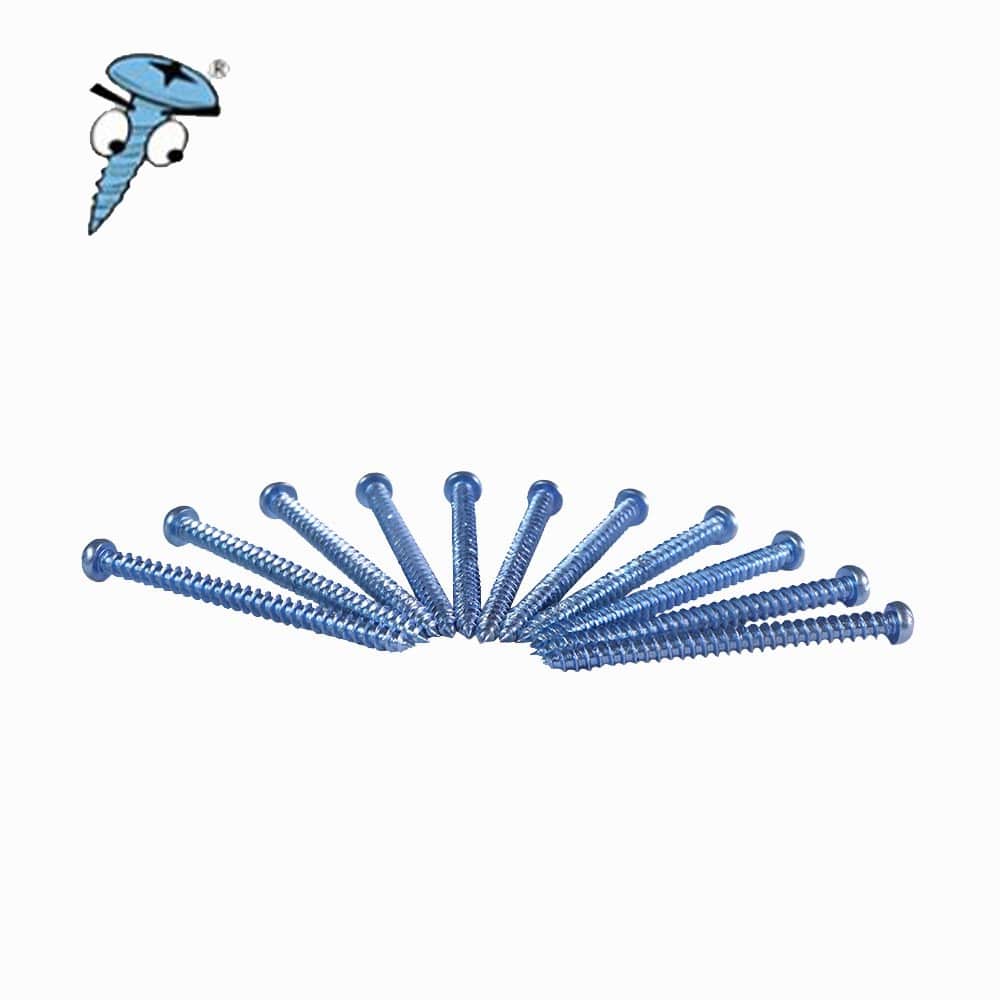
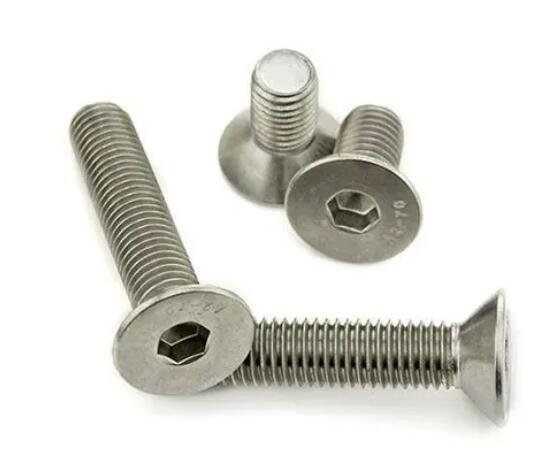
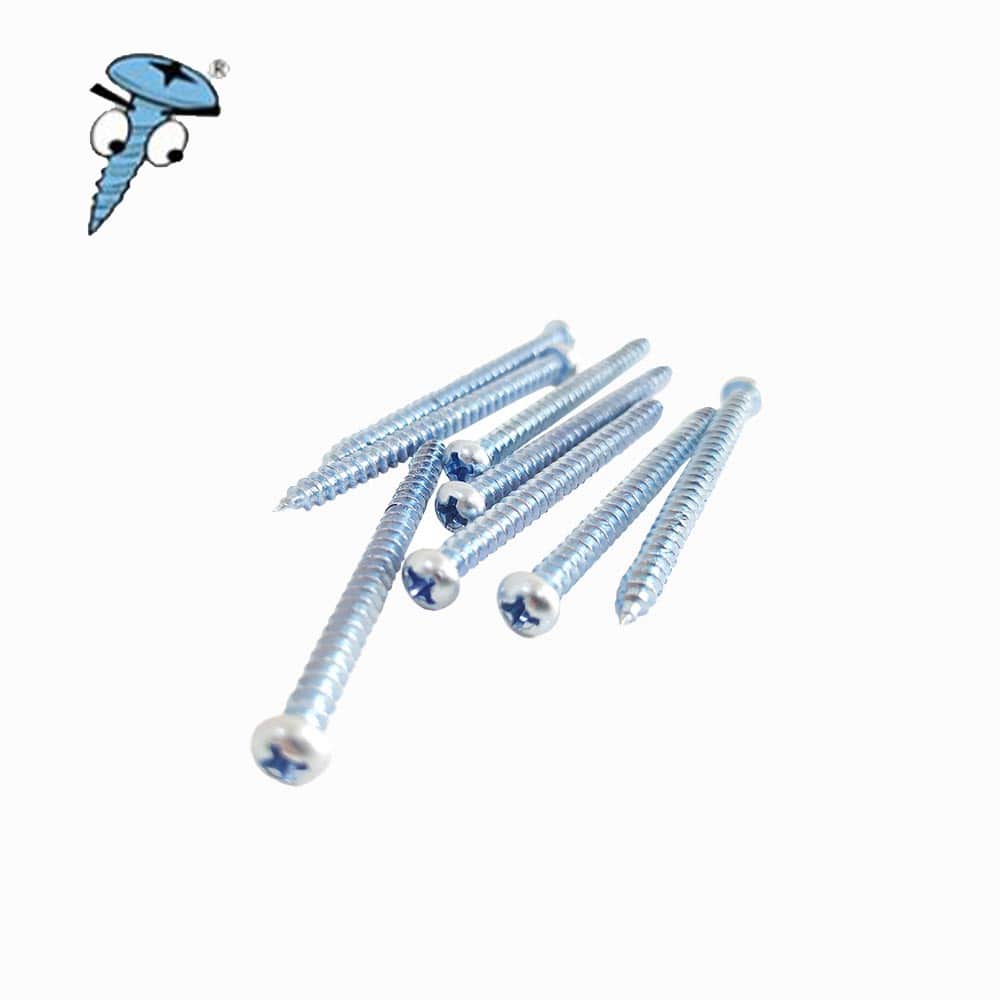
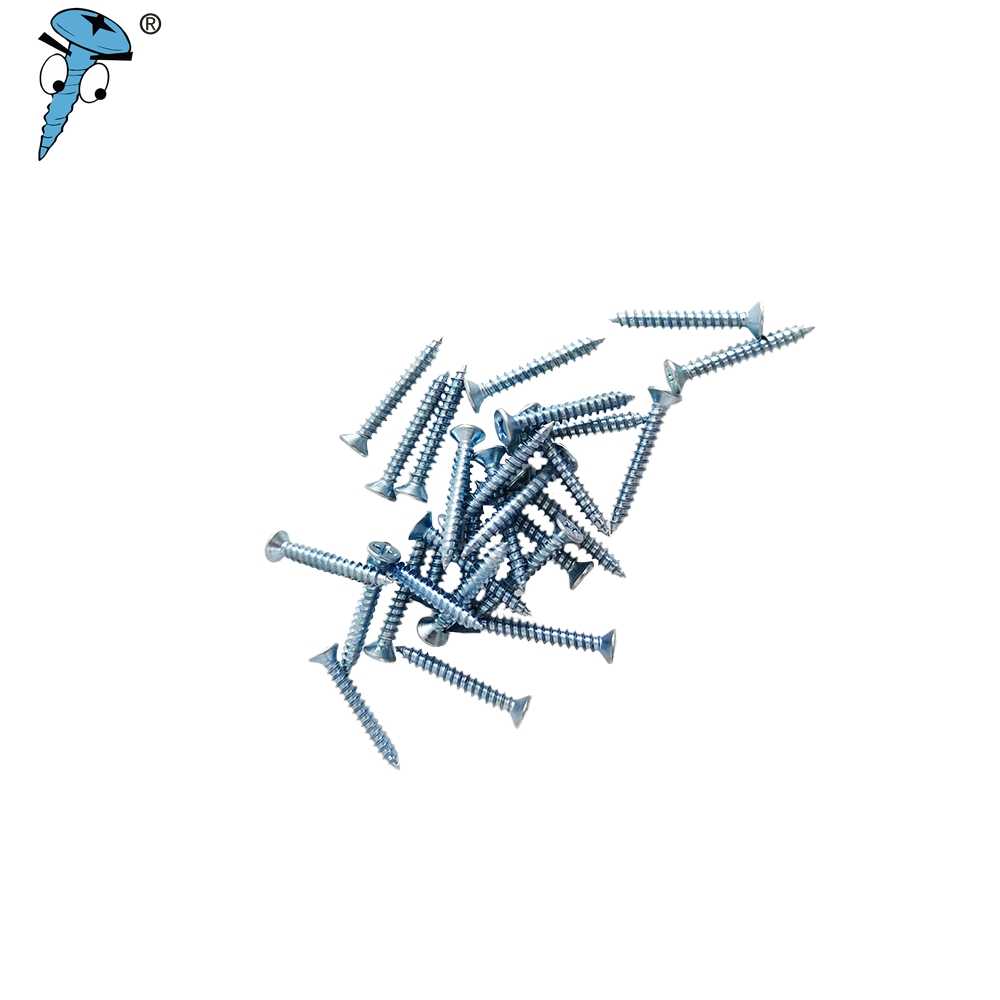







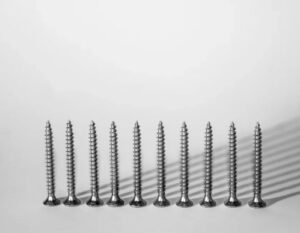
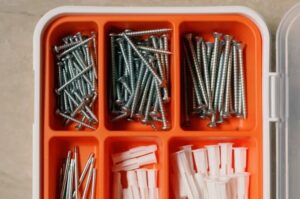





One Response
Hi, this is a comment.
To get started with moderating, editing, and deleting comments, please visit the Comments screen in the dashboard.
Commenter avatars come from Gravatar.